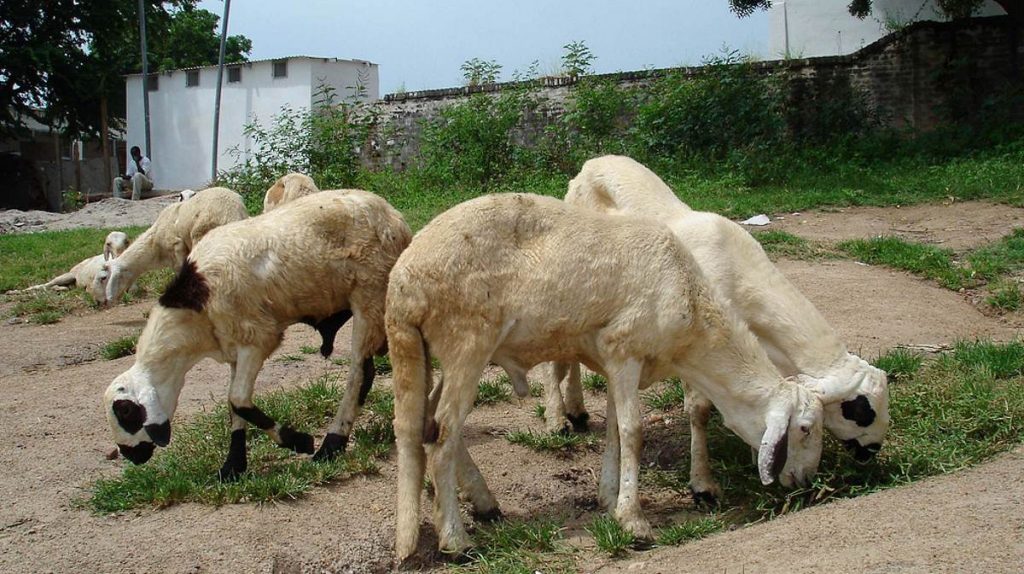Sheep Meat Export
Lamb, hogget and mutton[1] are the meat of domestic sheep (species Ovis aries) at different ages.
In general a sheep in its first year is called a lamb, and its meat is also called lamb. The meat of a juvenile sheep older than one year is hogget; outside the United States this is also a term for the living animal.[2] The meat of an adult sheep is mutton, a term only used for the meat, not the living animals. In the Indian subcontinent the term mutton is also used to refer to goat meat.

Beef Meat Export

Beef is the culinary name for meat from cattle, particularly skeletal muscle. Humans have been eating beef since prehistoric times. Beef is a source of high-quality protein and nutrients.
Beef skeletal muscle meat can be used as is by merely cutting into certain parts roasts, short ribs or steak (filet mignon, sirloin steak, rump steak, rib steak, rib eye steak, hanger steak, etc.), while other cuts are processed (corned beef or beef jerky). Trimmings, on the other hand, are usually mixed with meat from older, leaner (therefore tougher) cattle, are ground, minced or used in sausages. The blood is used in some varieties called blood sausage.
Live Stock Export

Livestock is commonly defined as domesticated animals raised in an agricultural setting to produce labor and commodities such as meat, eggs, milk, fur, leather, and wool. The term is sometimes used to refer solely to those that are bred for consumption, while other times it refers only to farmed ruminants, such as cattle and goats.[1] Horses are considered livestock in the United States.
The breeding, maintenance, and slaughter of livestock, known as animal husbandry, is a component of modern agriculture that has been practiced in many cultures since humanity’s transition to farming from hunter-gatherer lifestyles.
